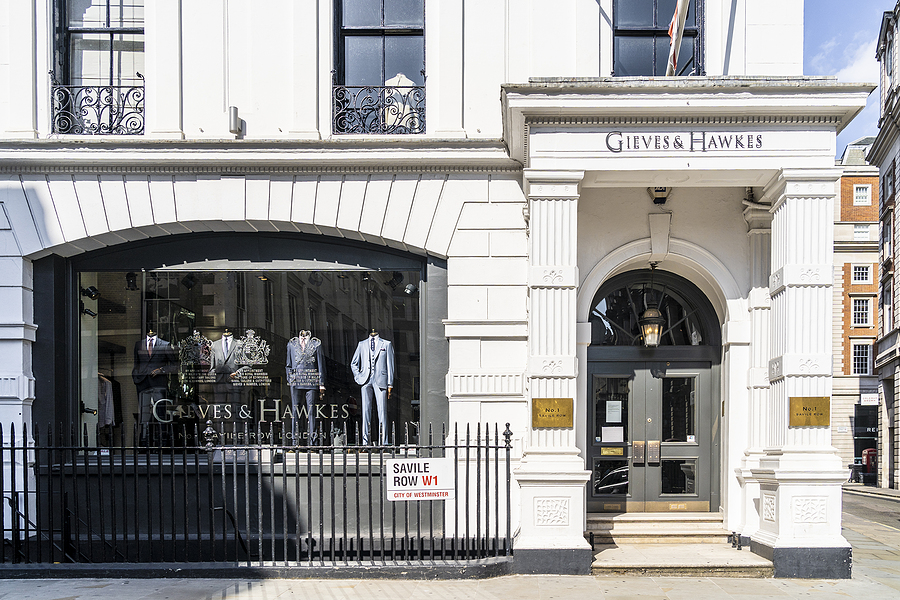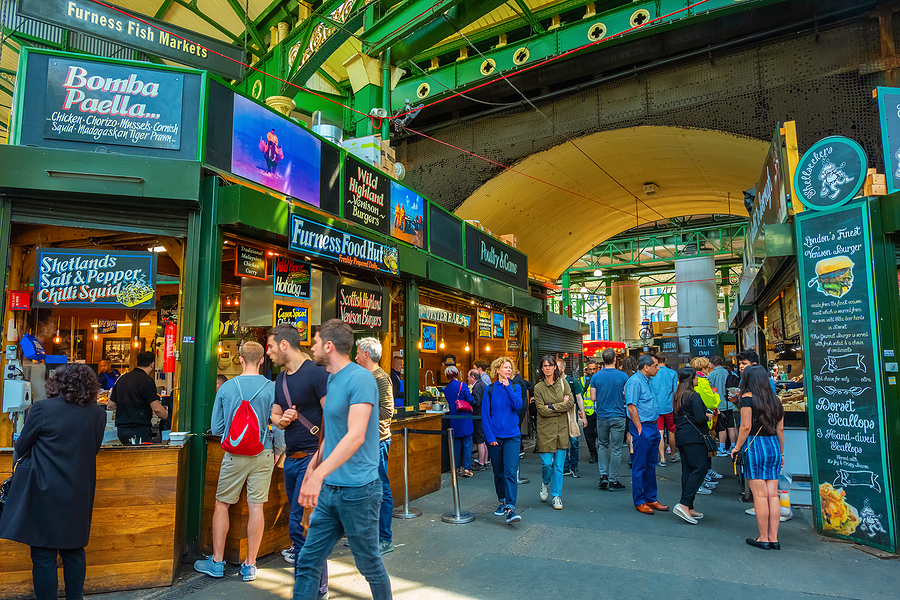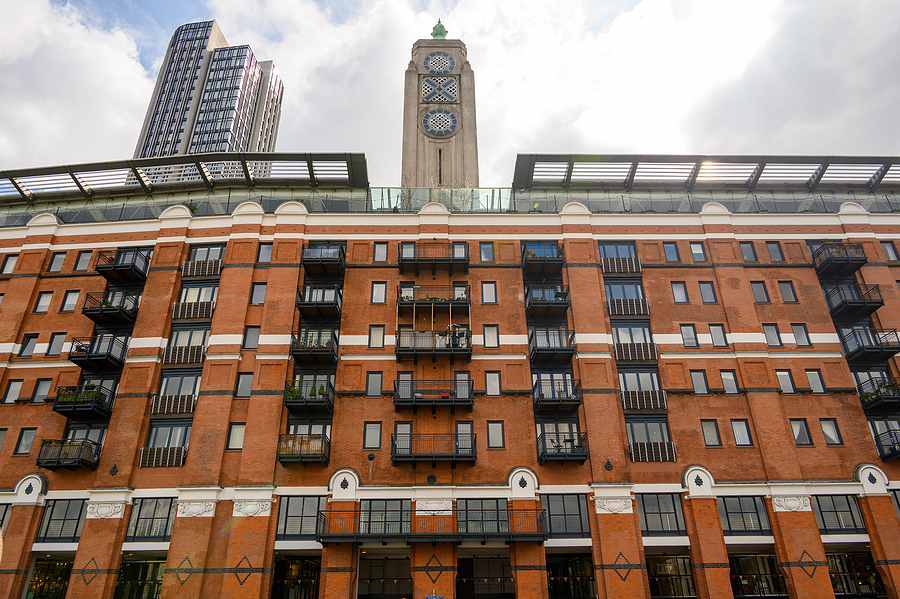There are many different themes that private tours of London can undertake, but when it comes to history, this great city is so old that it makes sense to focus on a particular period or set of influences.
This is particularly true of the time of the Normans. Anyone keen to learn about the history of the UK in general and England in particular will find 1066 is a particularly important turning point, for it was then that the Norman Conquest took place.
In October of that year, William of Normandy defeated the Saxon King Harold Godwinson at the Battle of Hastings and soon overcame the remaining Saxon resistance, although his first attempt to enter London from the south was repulsed as the Norman army could not make it across Southwark Bridge, the only way over the Thames.
Westminster Abbey: William of Normandy’s Crowning Glory
However, William’s forces moved westwards upstream and worked their way around towards London from the north-west. By the end of the year, he had prevailed after the remaining Saxon forces conceded defeat at Berkhamsted and was crowned in Westminster Abbey on Christmas Day.
In addition, unlike the Norse King Cnut, who had managed his own successful conquest of England half a century before, William went on to dismantle the Saxon aristocracy and replace it with Norman barons, leading to a major cultural shift in England’s history and governance.
While Westminster Abbey may be a great place to start a tour, this is a Saxon cathedral, built under the rule of Edward the Confessor and containing the oldest wooden door in Britain, dating from the 1050s.
However, the two men have a crucial link, for William’s pursuit of the English throne was based on a claim that Edward the Confessor had promised it to him, not Harold.
Westminster Abbey is a grand building and was consecrated a year before William’s victory, making him the first monarch to be crowned there. 38 more have followed since, so he began an enduring tradition that was most recently carried out when King Charles III was crowned in May 2023.
The Norman Tower Of Power
While William may have had a grand new ecclesiastical venue available for his coronation, the building up of Norman power featured a lot of castle building across the country. Perhaps the most notable of all was the Tower of London, where construction started in the 1070s and took around 20 years to complete.
Although the Tower has a long history and various monarchs lived there, kept the crown jewels there, and even used it to imprison individuals before executing them (see our blog on King Henry VIII, for example), the fact is that even today it still conveys something of the sense of royal power and authority that William intended. At the time, it was truly imposing.
Other Norman Fortifications
Other castles built around the edge of the city included The White Tower and Baynard’s Castle, the latter standing at Blackfriars. Neither is still there today, the latter being rebuilt multiple times before being finally destroyed in the Great Fire of London in 1666.
New fortifications were added to older ones, including the London Wall. Originally built by the Romans to defend the city they had established in the first century, the walls were later repaired and rebuilt by the Saxons, with further Norman reinforcement..
What London did not do was take on the role of a capital city as a base of power in the way we would know it today, which meant that under Norman rule, it continued as it was before: an important port and cosmopolitan trading centre without yet being the largest and most important settlement in England.
Westminster Hall’s Norman Origins
In this period, the first St Paul’s Cathedral was built, although the grand domed building of today is the rebuilt version designed by Sir Christopher Wren after the Great Fire of London. But Westminster Hall was extended by William II in the 1090s and remains a key part of the complex that now includes the Houses of Parliament.
Although the Norman building has been added to in places and been rebuilt in others after fires, it is still a highly imposing sight, and among the features to look out for is the late 14th-century hammer-beam roof, the largest medieval timber roof in northern Europe.
The hall is the only part of the palace standing from Norman times that is still there now. Indeed, it is true that the majority of structures in Norman London are no longer standing.
Nonetheless, Westminster Hall, Westminster Abbey and the Tower of London are three magnificent, imposing buildings that have centuries of history and link us with one of the most significant periods in the development of both London and England.











